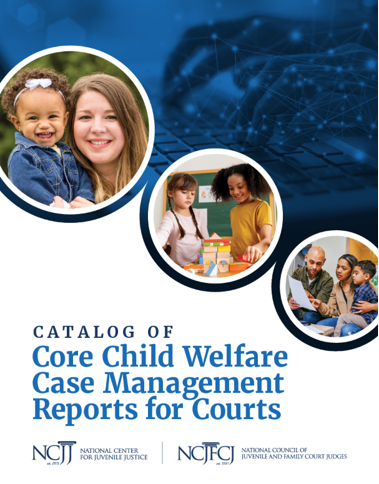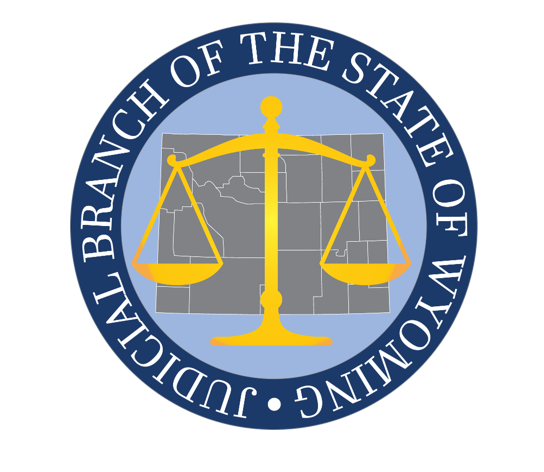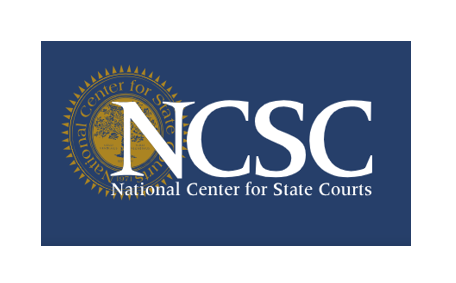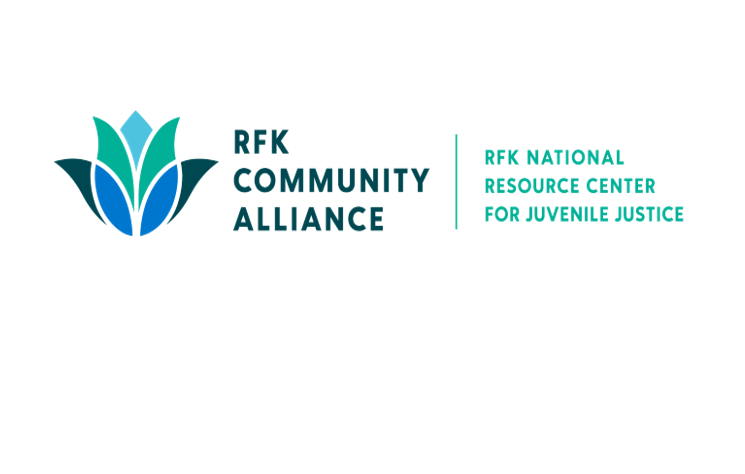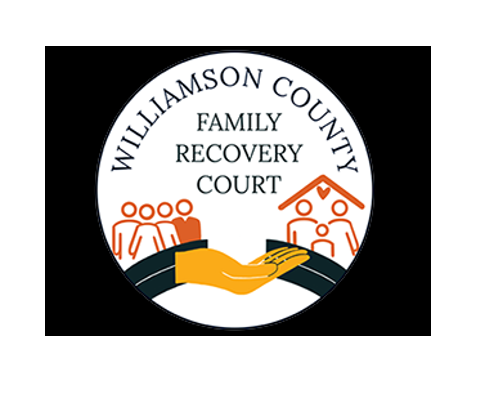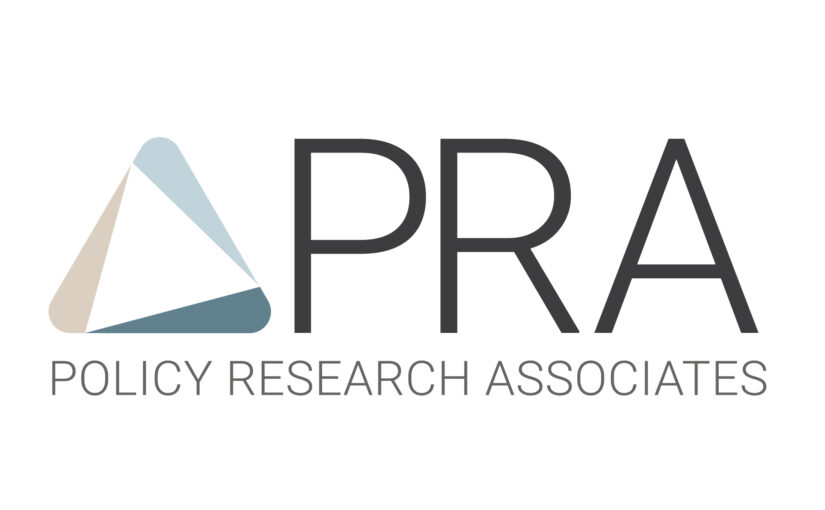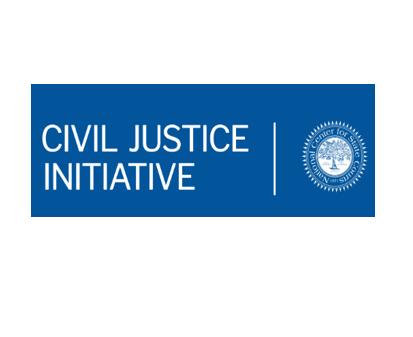In October 2024, the Pennsylvania Courts held a first-ever statewide Behavioral Health Summit that brought together over 500 judges, leaders, and stakeholders to address the growing behavioral health crisis within the judicial system. Pennsylvania Supreme Court Justice Kevin Dougherty emphasized the increasing severity and frequency of behavioral health challenges and called the summit a “call to action” to improve court responses and support justice-involved individuals with behavioral health needs.
The summit, hosted in partnership with the Pennsylvania Commission on Crime and Delinquency (PCCD), fostered collaboration among judges, county and state leaders, and advocates. It highlighted the importance of both education and building relationships in creating informed solutions that positively impact the community. This initiative seeks to develop comprehensive strategies that address behavioral health issues and ensure both effective legal proceedings and compassionate, trauma-informed care.
A significant prior step in this effort was the establishment of the Office of Behavioral Health by the Pennsylvania Courts last year. This office is focused on promoting best practices at the intersections of at-risk populations and the courts. It is also dedicated to providing training and educational resources for judges, ensuring they are equipped to navigate cases involving those with behavioral health challenges. Key areas of focus include truancy, domestic relations, juvenile delinquency, criminal justice, and civil commitments.

The office is currently supporting the establishment of seven judicially led, behavioral health regional councils to ensure ongoing collaboration and progress. The councils will launch via regional summits across Pennsylvania with a focus on helping county leaders to understand and engage the legislature and stakeholders on regional priorities.



